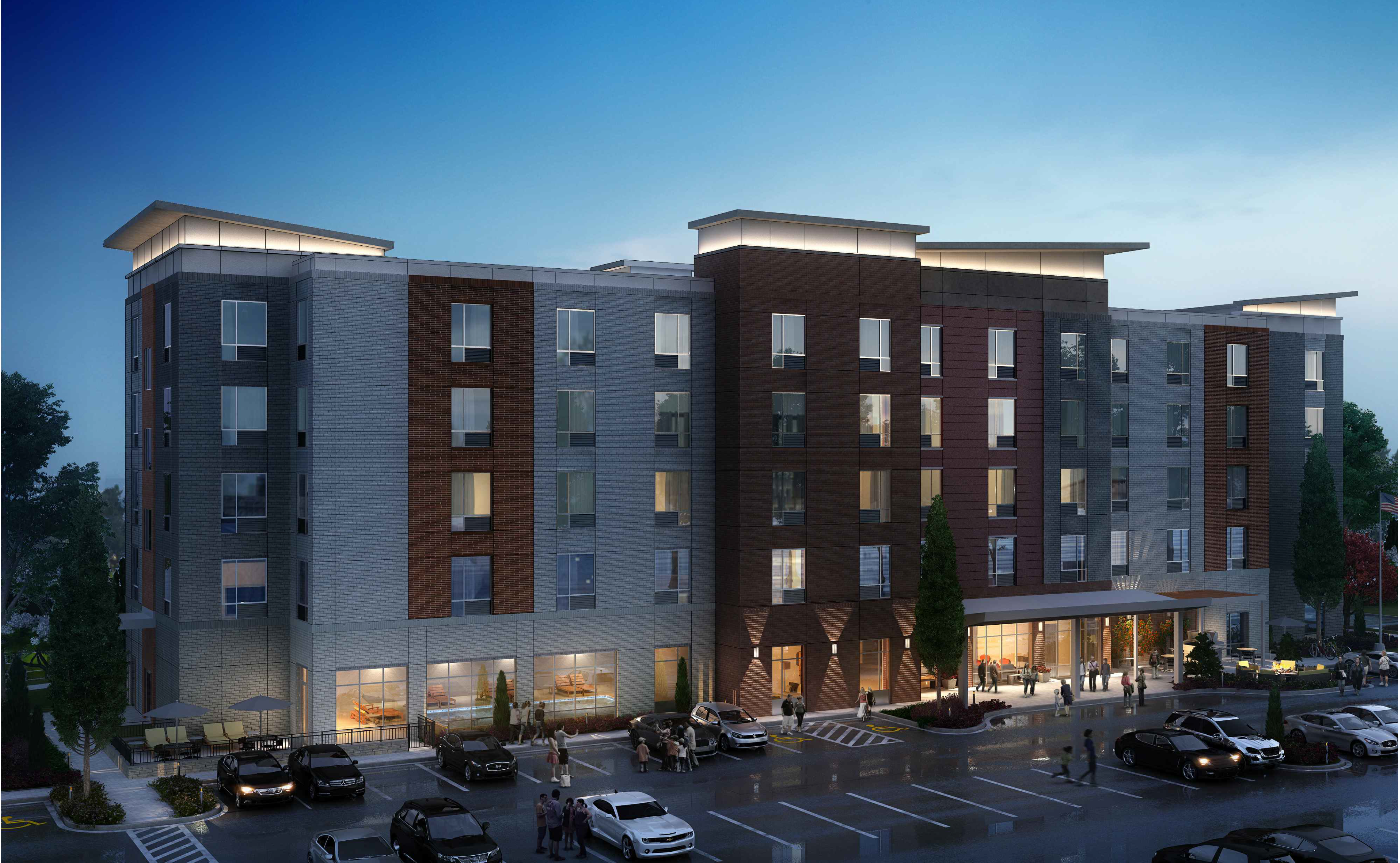When it comes time to renovate your hotel to meet PIP expectations, you want to make sure you choose the suitable hotel designs and construction method. The two most popular construction methods include Design Build and Design Bid Build. To decide which method is best for you, we need to examine each. Save money, time, and effort by knowing what method is best for you.
Design-Build
Efficiently the most cost & time effective method available where the hotel owner hires one company. The company can handle the hotel designs and construction under one contract. Some or all of the design & construction responsibilities are taken by the design-build company or subcontracted out. This method requires a lot of collaboration between the design & construction areas. The single company bears the risk rather than the owner.
We broke Design-Build down into five sections outlining the method:
Single Source of Accountability
The design/build approach provides a single source for your entire project compared to the classic design-bid-build method. The owner must: Select an architect/designer, finalize the design, bid on the project, select a contractor, and then act as an intermediary. The design-build method fosters teamwork and lends itself to cooperation. The relationship built during the design phase helps to ensure that the stage sets for a successful construction project.
Value Engineering
Discussing the budget during the design phase (and not waiting until the bids come in) helps keep the projects within a realistic budget. They are communicating the cost implications of design decisions. It ensures that the owner plays a crucial role in arriving at the final project price. After finalizing the scope of work, the project costs are clearly defined and controlled by the design/build firm.
Enhanced Communication
Specific design and construction details have developed throughout the process, focusing on the owner’s “value.” Communication benefits from working with a design professional and a construction expert. At the same time, it ensures that potential problems are discovered before the project starts.
Faster Project Completion
Design-build projects can complete in a shorter time. Therefore, bid time reduces, and scheduling for the project can begin before finalizing the design. Hence, potential construction problems are uncovered early, and enhanced communication keeps everything moving.
Quality Control
The design-build method helps remove ambiguity in material and construction specifications. Since the designer, engineer and builder are from the same firm. The focus remains on protecting the client’s interest.
Bid & Build
This method splits the design and builds contracts between different companies instead of one. Each company has specific responsibilities. For example, the design firm delivers 100% completed design documents. The hotel owner then chooses between bids from contractors who will carry out the designs into finished products. In this method, the owner will be responsible for all the risks. Thus, designers and contractors have no obligation to each other.
We broke Bid & Build down into three sections outlining the method:
Multiple Parties Involved
The owner contracts separately with the design firm in the Design-Bid-Build delivery. Thus, it produces the construction documents and the builder that physically renovates the hotel. The design team works directly for the owner. Hence, it makes a set of construction documents used as the basis of the bidding process.
Ease to Ownership
The Design Bid Build method is beneficial for owners who do not have expertise in exterior renovation projects. Theoretically, since each project phase is distinct, the process is more linear and easier to follow. Depending on the organization, having two separate contracts with the architecture and the general contractor could limit or increase liability. The owner serves as a mediator for each party’s design and construction issue.
Potential Higher Costs
The owner uses a good amount of project funds in the design phase. It is done before getting a firm price on the actual construction phase. Since the general contractor isn’t generally on board early in the process, they can’t give feedback during the design process. Moreover, they do not provide potential vulnerability to change orders, delays, and additional costs initiated by the contractor.
To determine which method to choose, owners should carefully analyze their:
- Budget, capacity, and technical capability to closely manage the process
- Individual project drivers, sensitivity to the cost and schedule escalations
- Degree of comfort with bearing project risk


